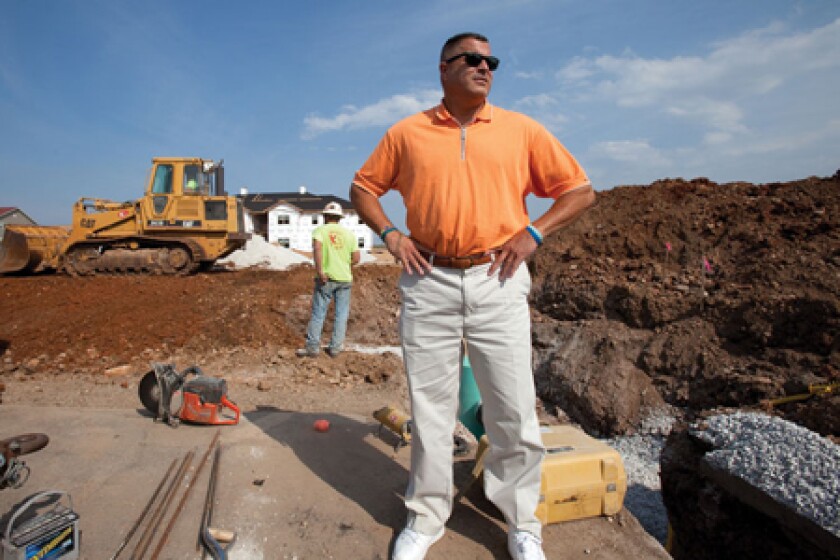
David Kidd

Early Sunday evening, May 22, 2011, Mark Rohr was getting ready to watch the Cubs game on TV when he got a phone call that would change his life. The city of Joplin, Mo., where Rohr lives and has served as city manager since 2004, had just been hit by a catastrophic tornado that ripped through the center of town. Minutes later, Rohr was running down Main Street -- felled trees and building debris made driving impossible -- to meet up with the city fire chief. “He was standing in what used to be a Chinese restaurant,” Rohr says. “The first thing I saw was a minivan in the entryway, with the windshield and all the windows blown out, and two deceased citizens in the front seat. I realized right then and there that this was serious.” He allowed himself a moment of emotion, but he knew he had to take charge.
Overall, the tornado wiped out one-third of the city, killing 161 people. More than 7,500 homes were rendered uninhabitable; 540 businesses were impacted. It was one of the deadliest tornadoes on record, and, with estimated damages of more than $3 billion, the costliest single tornado in U.S. history. The city was strewn with a staggering 3 million cubic yards of rubble and debris.
View a slideshow of Joplin, Mo., in recovery.
But the story of Joplin -- and the story of Rohr -- isn’t about the tornado. It’s about everything after. Starting the very night of the storm, Rohr led one of the biggest disaster recovery efforts in memory -- and by all accounts one of the smoothest and most efficient. Rohr coordinated the state, local and federal response, along with private and nonprofit partners, and he immediately became the public face of the city’s recovery, communicating constantly with citizens. “He never disengaged,” says Jerry Ostendorf, the FEMA section chief who oversaw the federal response effort. “He was there whenever you needed him. Local and state officials from around the country need to learn from how Mark managed the disaster.”An Ohio native, Rohr began his public service career early: He was managing a city by age 27. Colleagues describe him as laser focused, strategic and straightforward. Succinct and to-the-point, he’s known to send one- and two-word emails. He’s a good listener, but “he’s not afraid to tell you how it’s going to be done,” says Mike Woolston, a city councilman who was serving as mayor when the storm hit.
Today, 85 percent of the affected businesses have been rebuilt, and 76 percent of the destroyed homes have been repaired or issued permits for repair, according to Rohr. The entire recovery has progressed without infighting, backbiting or miscommunication, and that’s a testament to Rohr’s leadership, says Woolston. “Mark’s role in this whole process has been huge, and I don’t think most people here will recognize that until we’re several years down the road.”
By Zach Patton
Editor's note: The number of individuals killed in the 2011 storm was updated from 158 to 161.









